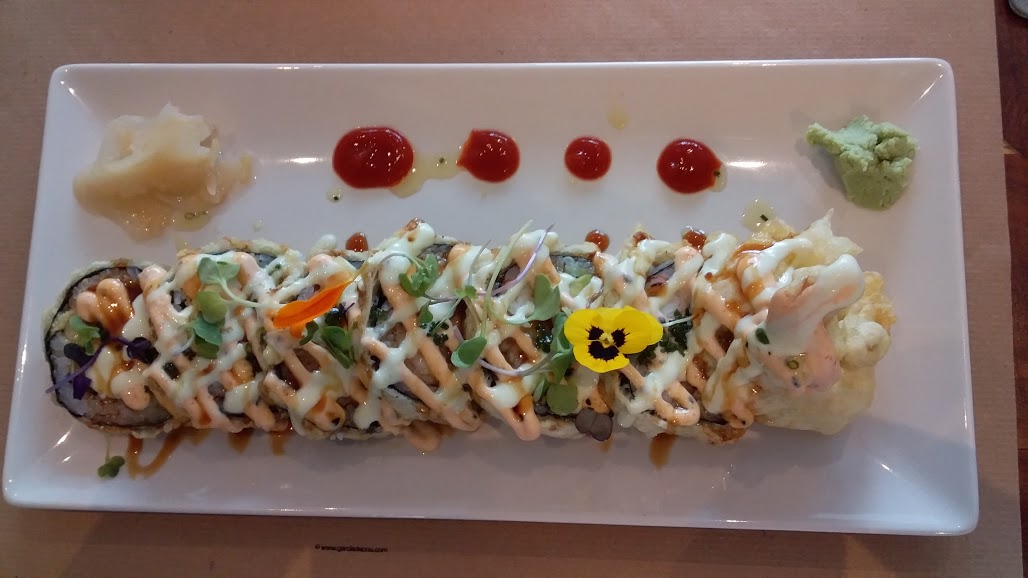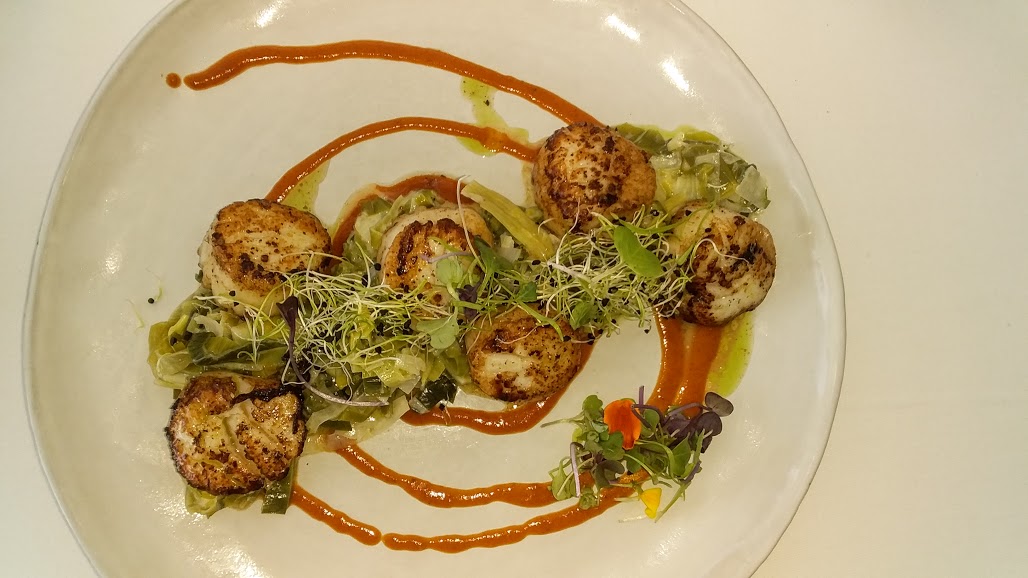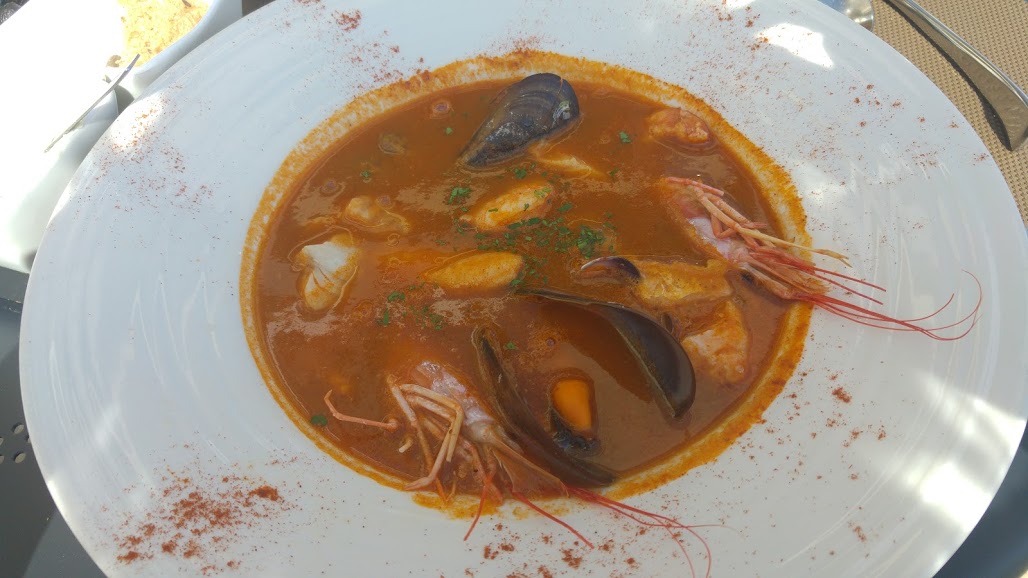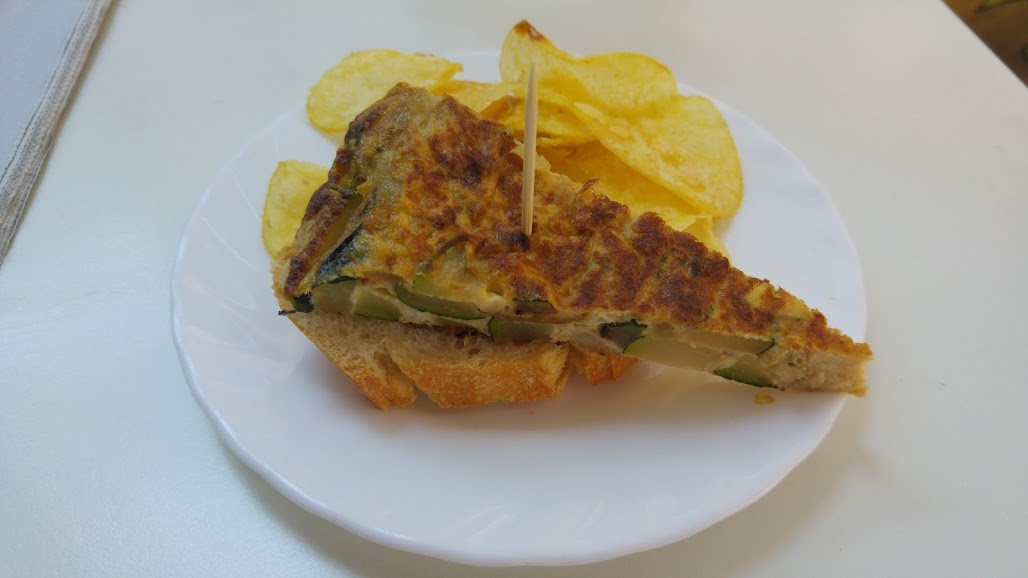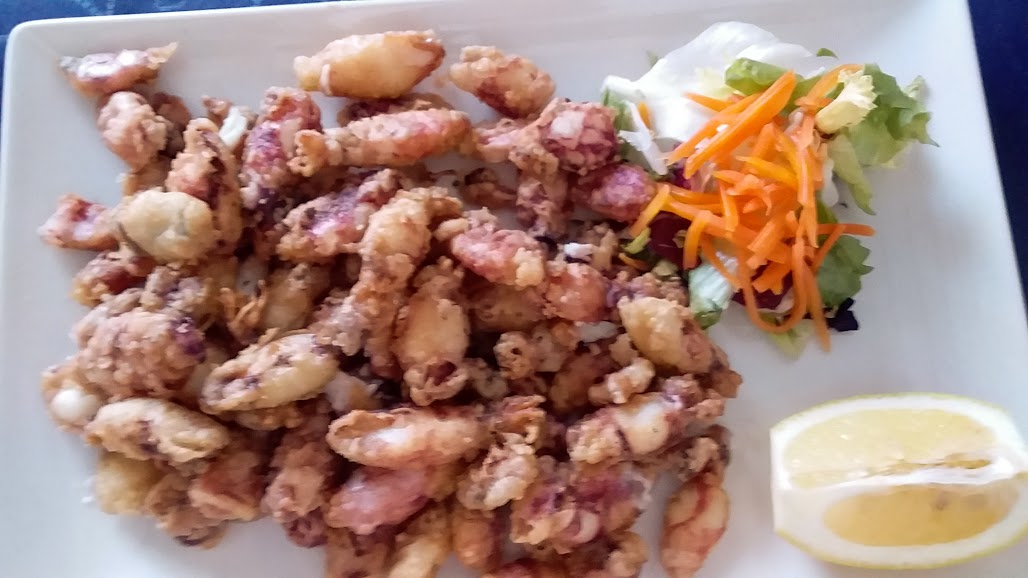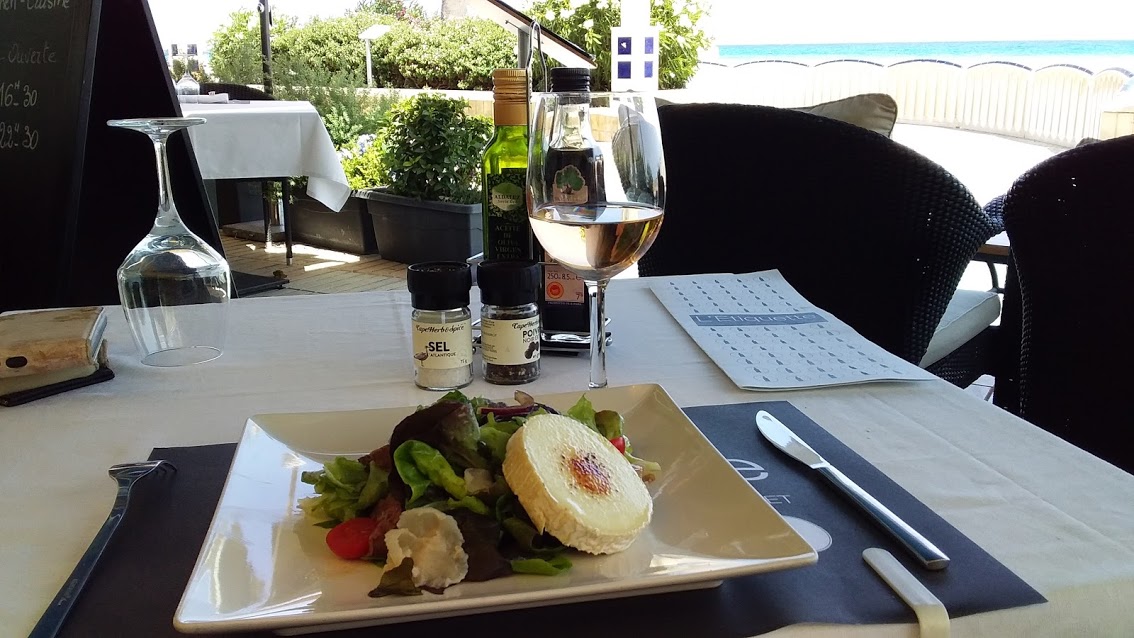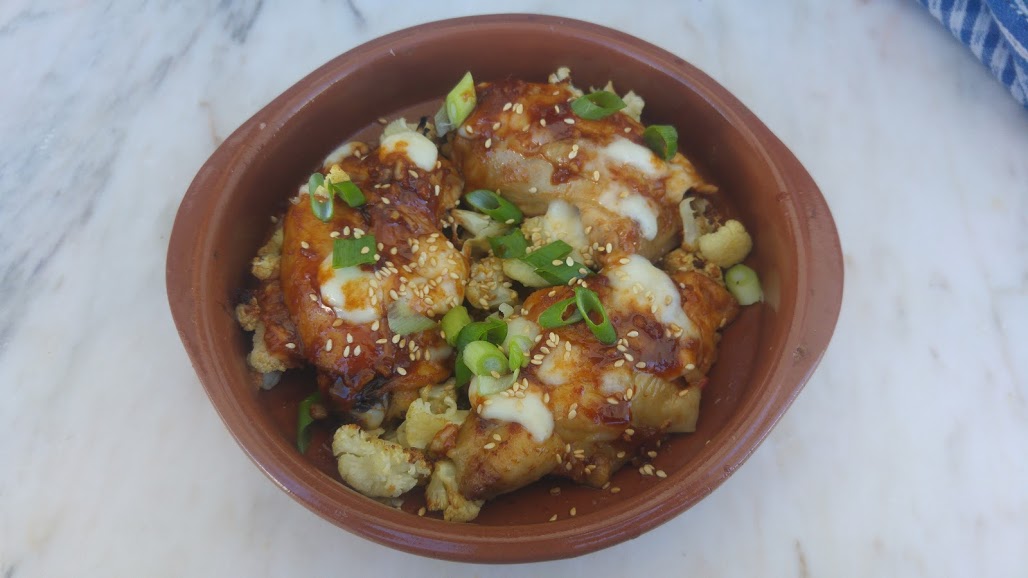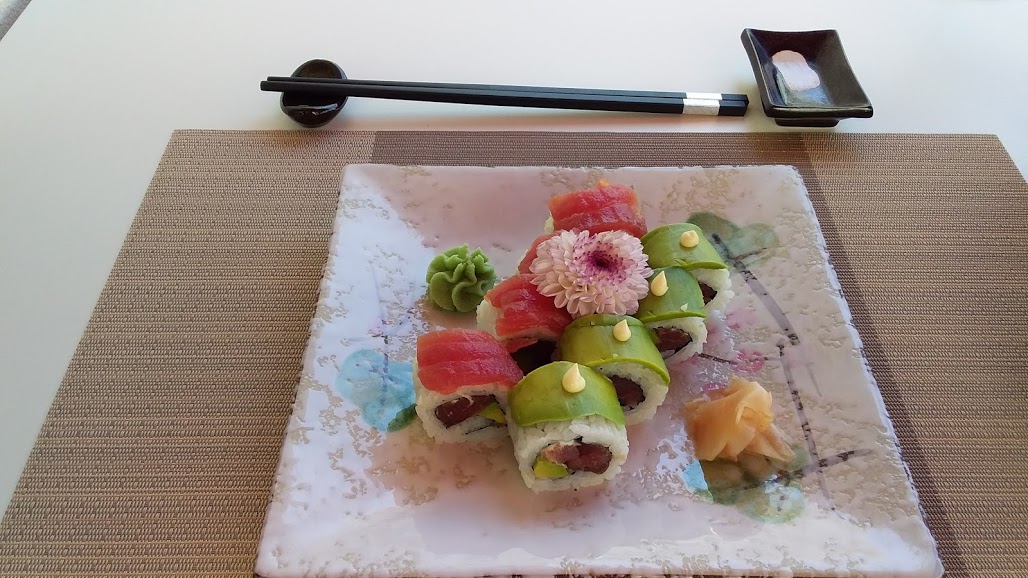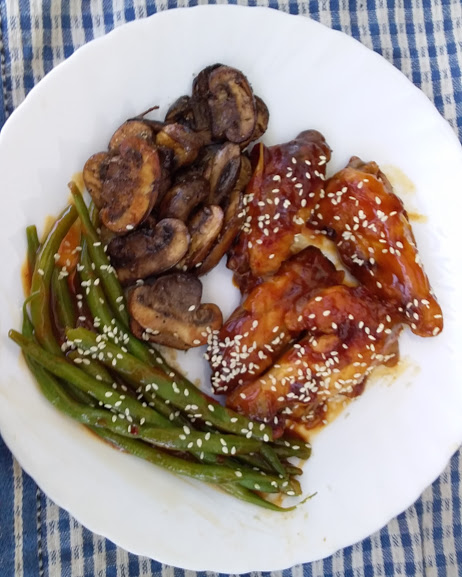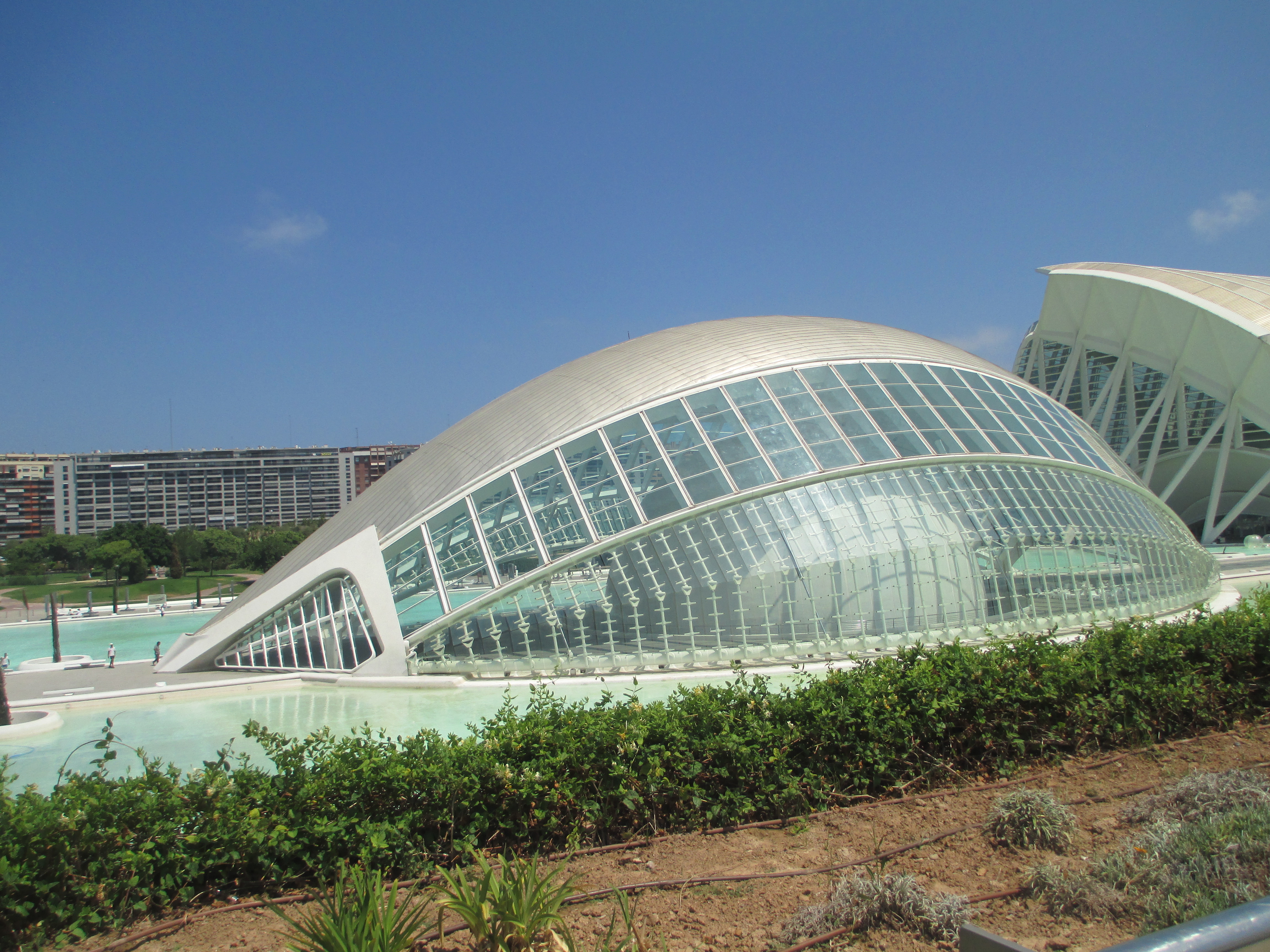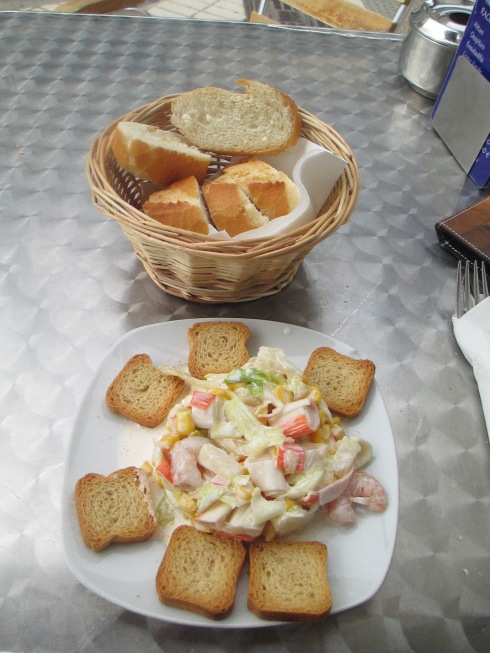
After a fab train trip on Venice Simplon Orient Express Istanbul to Paris route last September (2023), I was searching for a new travel experience. I had previously taken an overnight train from Paris to Venice, which was a disaster. With the success of the recent delightful, luxurious Orient Express trip, I dared to explore boat travel in Europe.

I was looking for a small boat that would offer daily ports of call where I could disembark and explore. My initial searches yielded many popular destinations with excursions, like castles and other iconic sites but they included many cities and historic sites that I had already seen. I find no reason to repeat visits to a castle or many of the other historic sites that I had previously explored.

I happened upon European Waterways tours, which occur on a comfortable barge, with scheduled stops at or near smaller towns, and only a small number of passengers. They describe their barge tours offering “a balanced daily blend of gentle cruising and fascinating experience.” I elected to take a week-long river barge tour of Burgundy with the major cities being Dijon and Beaune. Each barge cruise offers a tailored itinerary, for example, mine focused on gastronomy and the acclaimed wines of Burgundy. Other options are tours which focus on outdoor experiences such hiking and biking, etc. Hot air balloon rides are offered on some tours.

Our tour departed by two comfortable vans around 1:00 p.m. (1300) on Sunday from a very centrally located hotel in Paris in which we could stay or there was an option to meet them there for the departure. To keep things simple, I chose to stay at their scheduled hotel departure location. The transport took about three and a half hours each way between Paris and our Burgundy location. Another tour with a different itinerary departed and returned on our same dates and times.

Our comfortable, well-appointed “barge” featured six good-sized rooms, with more space than I expected including the bathroom. Our group consisted of four couples, and two single women. One of the couples had done previous river barge tours, and thus had booked this for the latest one. All Americans, the people on our boat were amiable, interesting, intelligent, well-travelled, kind, with not a single negative comment or interaction with staff or fellow travellers. We had communal breakfasts, lunches and dinner around one table, and we elected to change seats at each meal for changing experiences. The French chef was spectacular in providing delicious regionally-inspired dishes, adjusting meals to the special dietary restrictions of two passengers. Stephan personally presented information about the impending meal, including ingredients, preparation and other details. Since I am a “foodie” I briefly spoke with him about his last work experiences which included Mozambique and Zanzibar (places I had travel connections with) and the latter where he had a restaurant until Covid struck.

Staff on the boat (two to one passengers to staff) were professional, courteous, and attentive, including noting individuals´ preferences and special needs of the passengers. All of the passengers thought it was a stellar experience. The only disappointment some of us had was that we had envisioned the boat would pull into the towns on our itinerary where we could disembark and wander at our leisure. None of the towns on our itinerary we went to were on our boat´s dockings, so we had to be transported by the two vans to those locales, led by our boat´s conceirge. From the barge´s docking site, there were riverside walking and biking trails, with bikes available from the boat.


